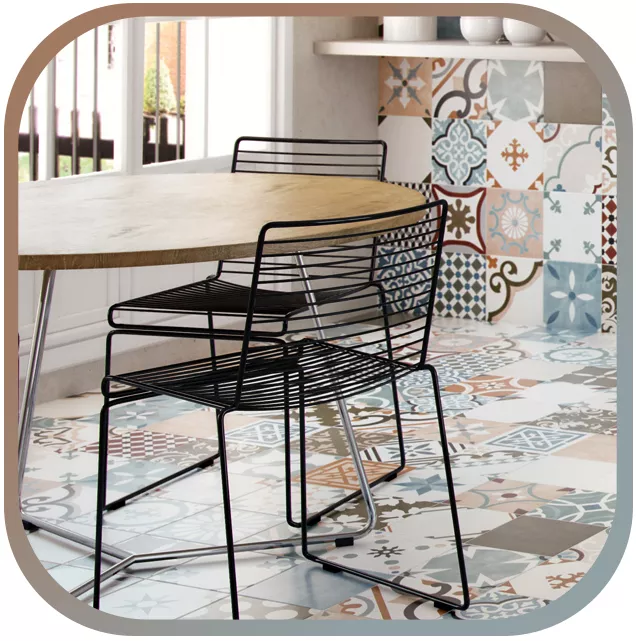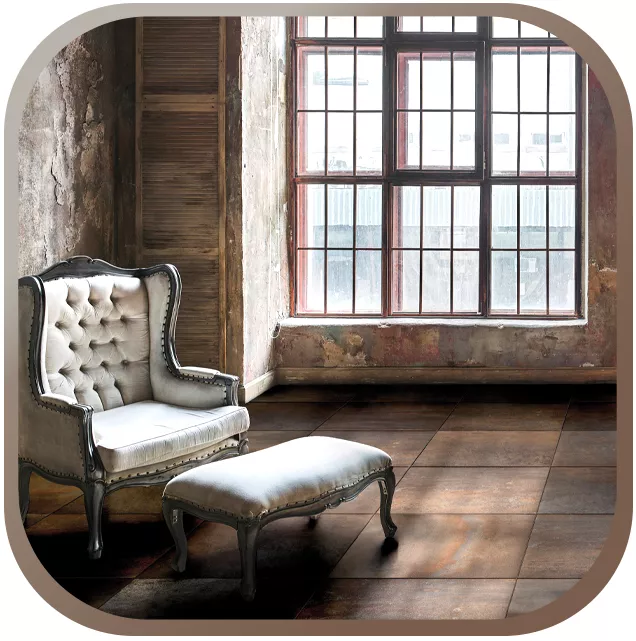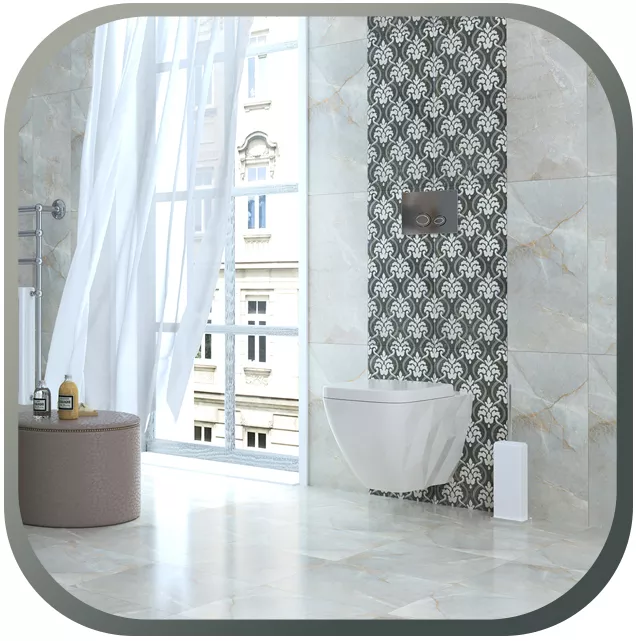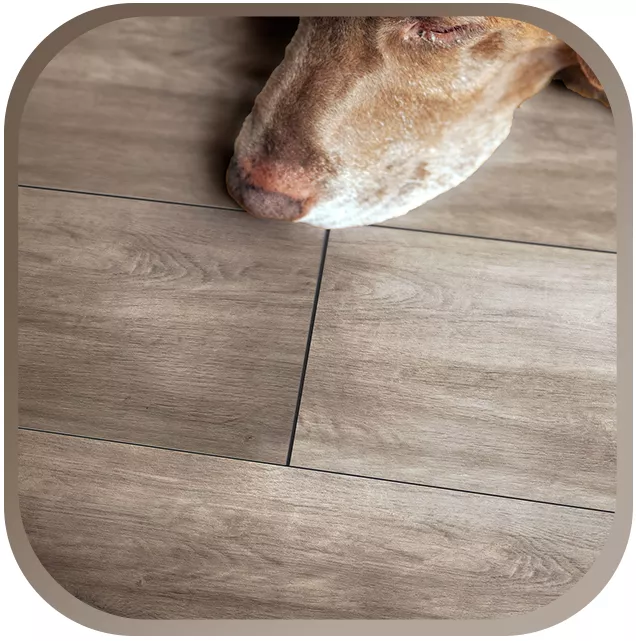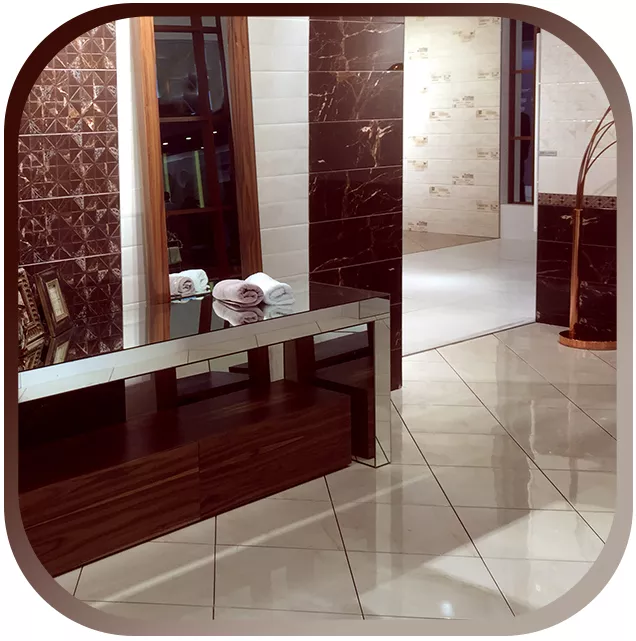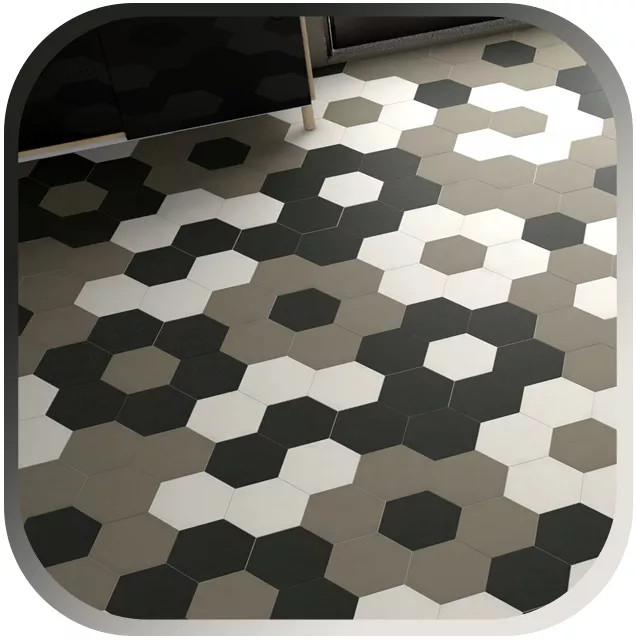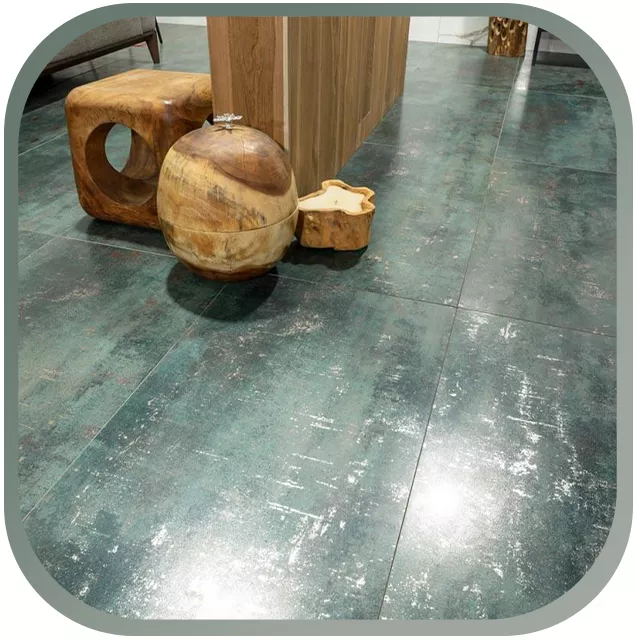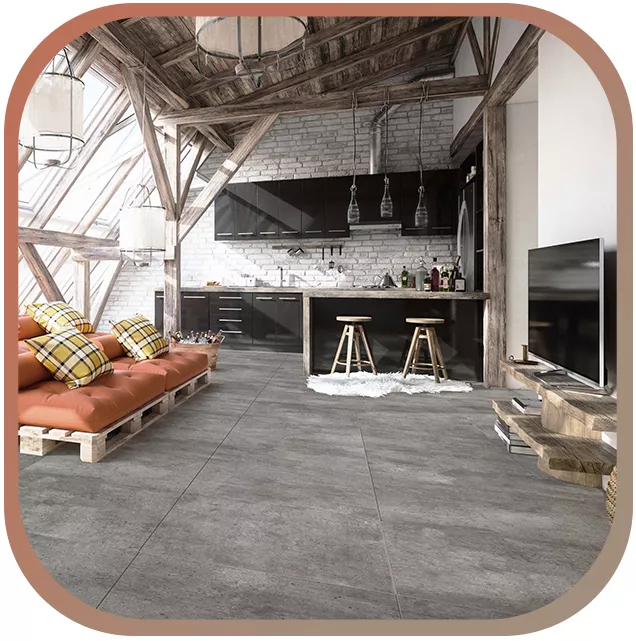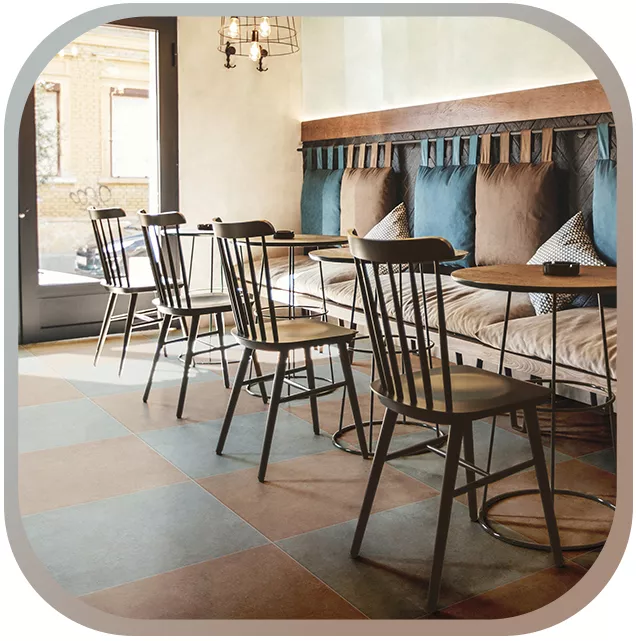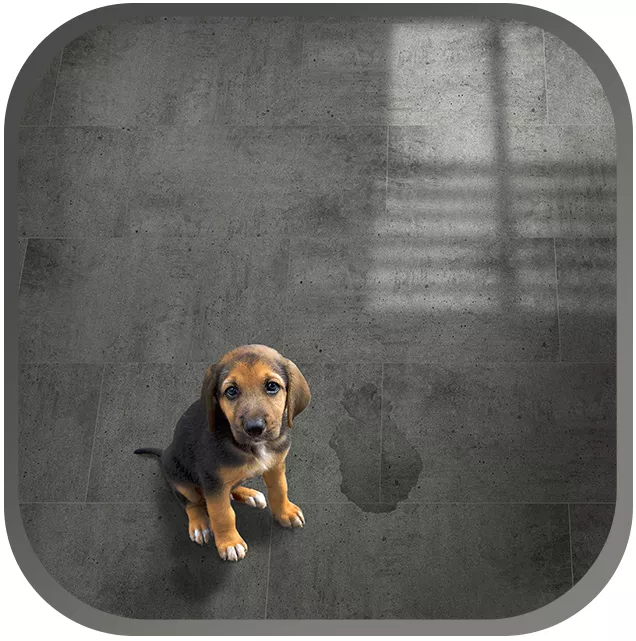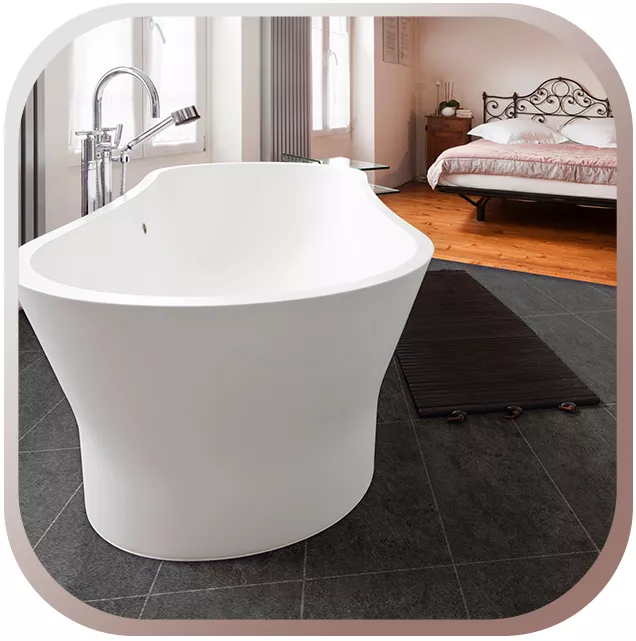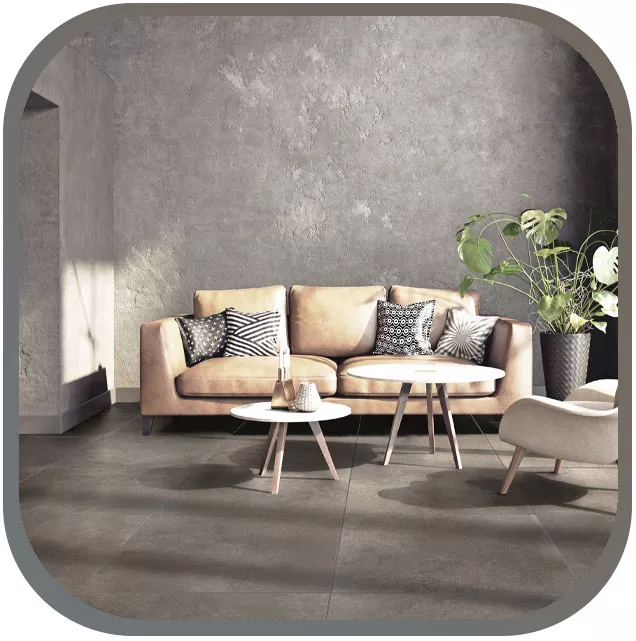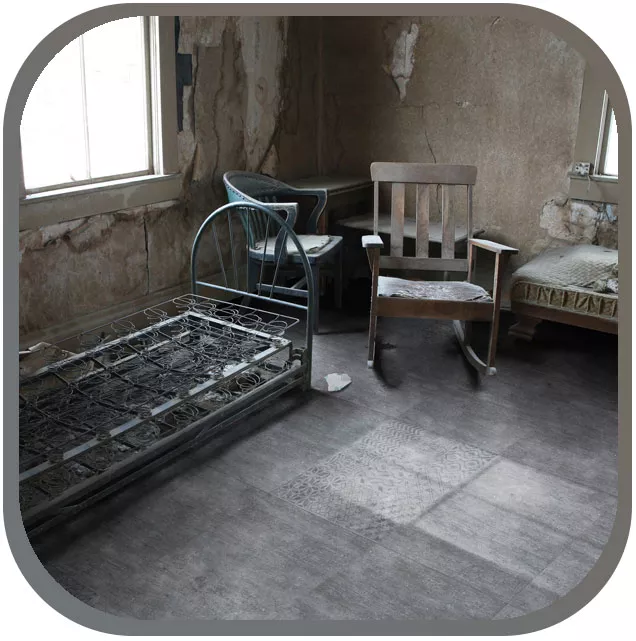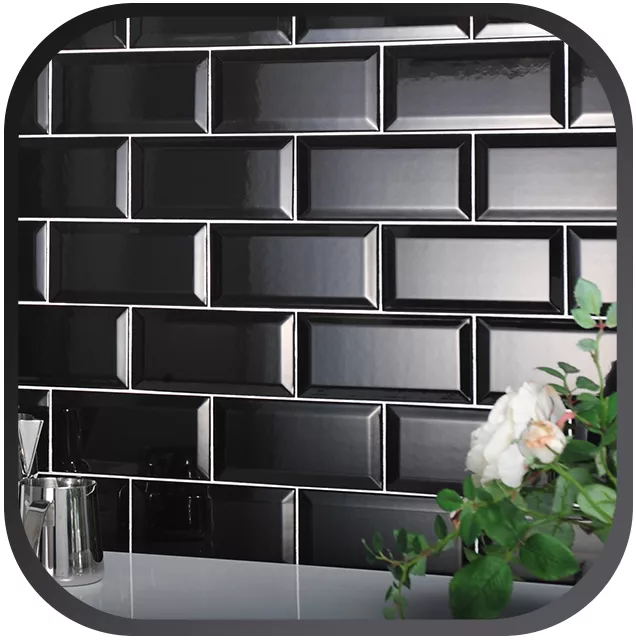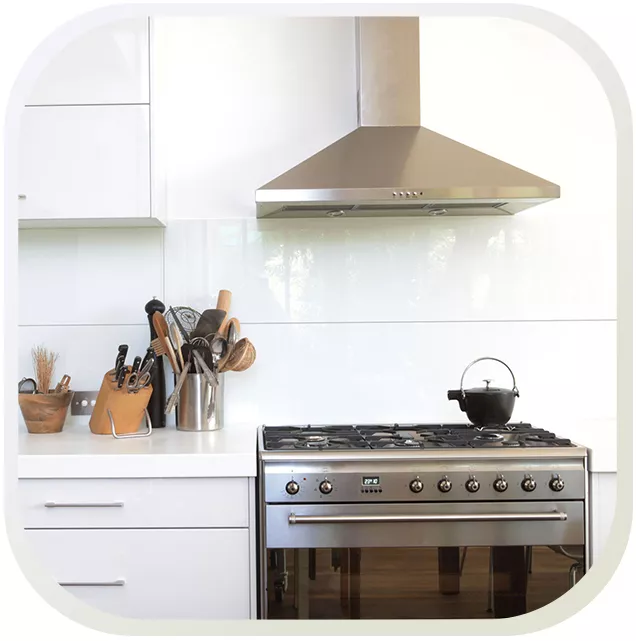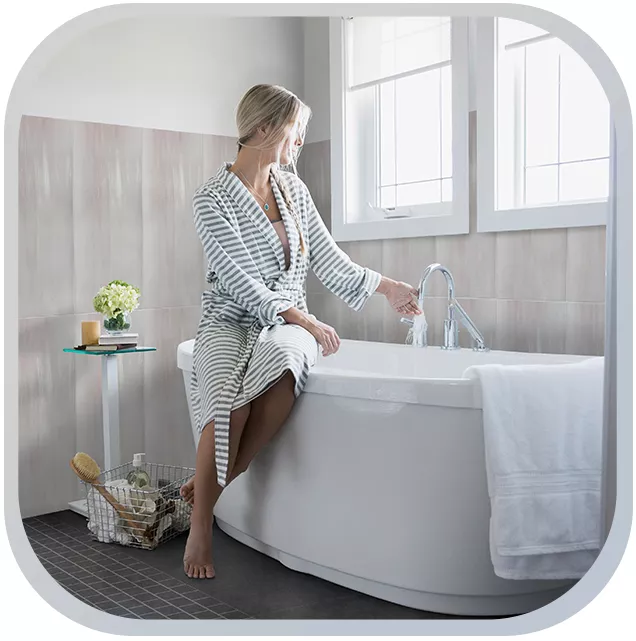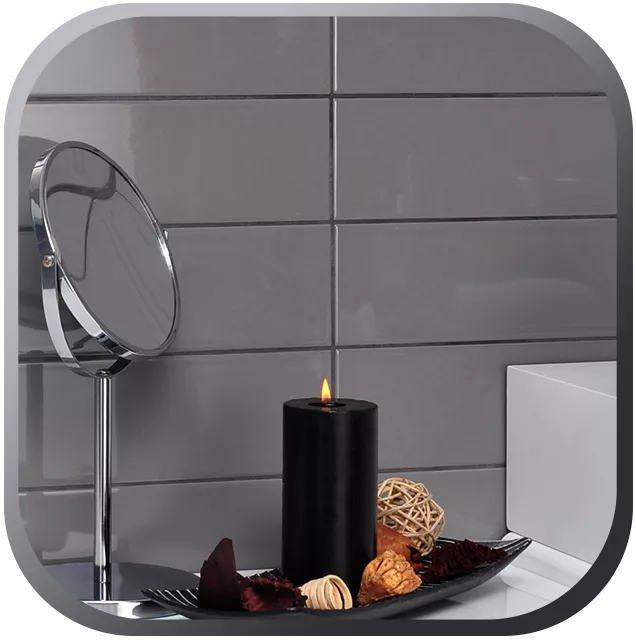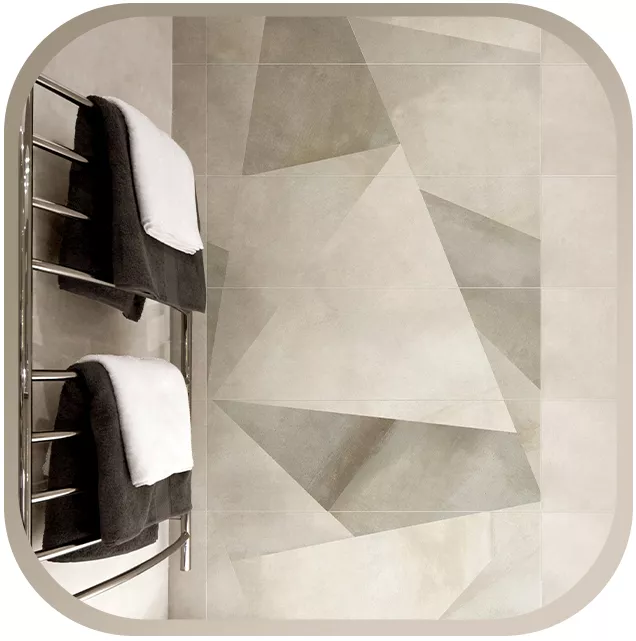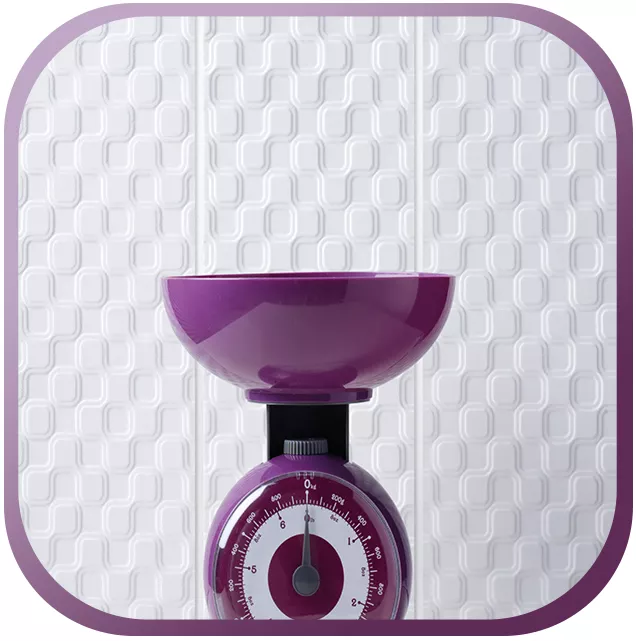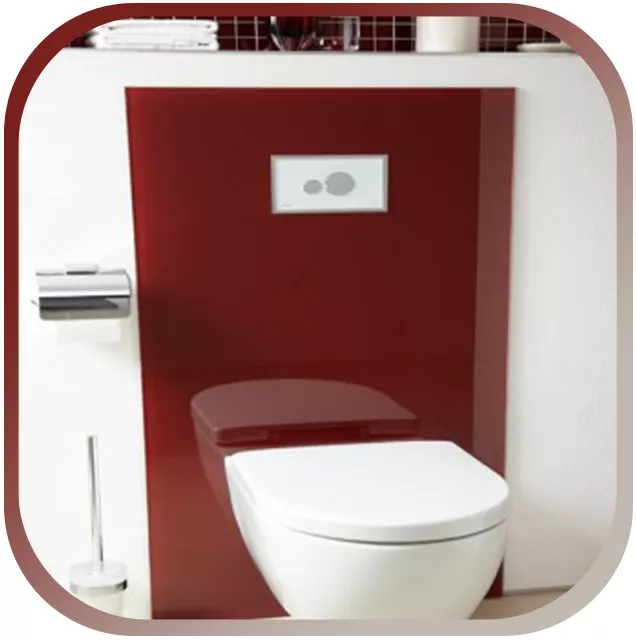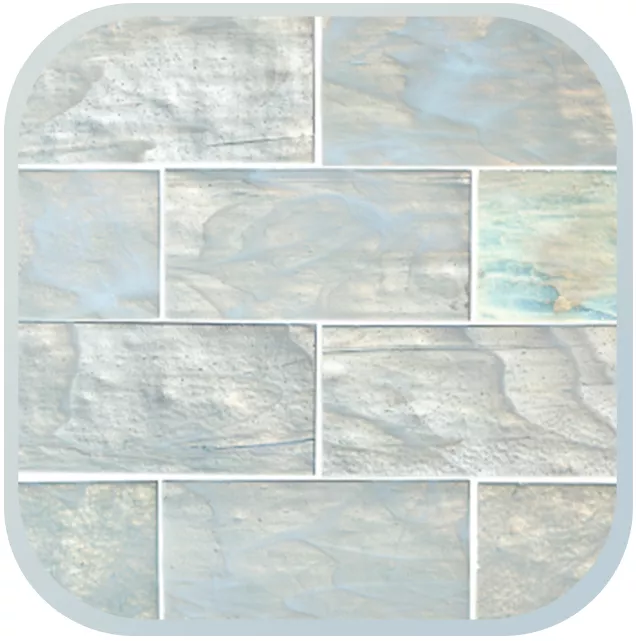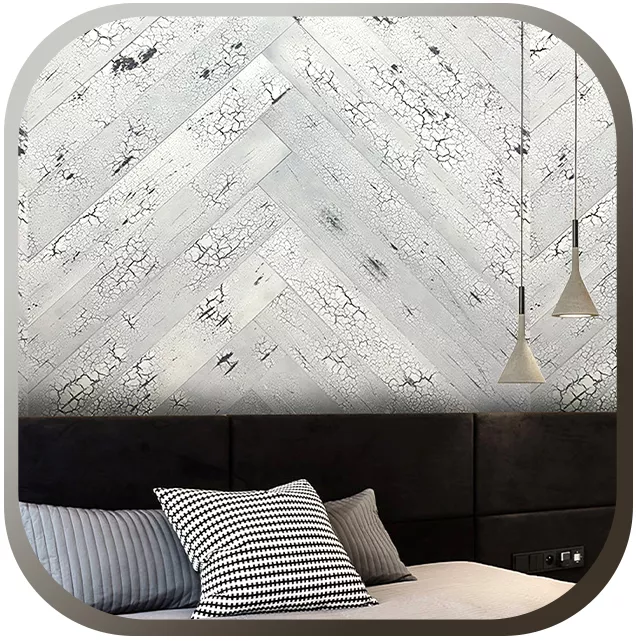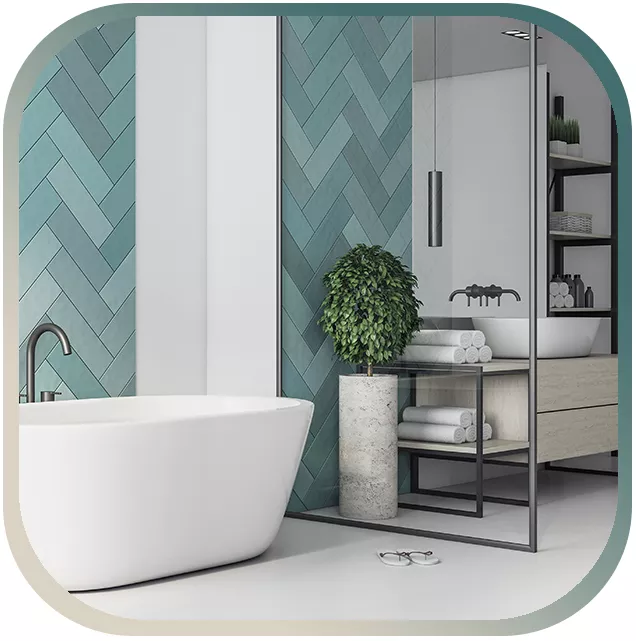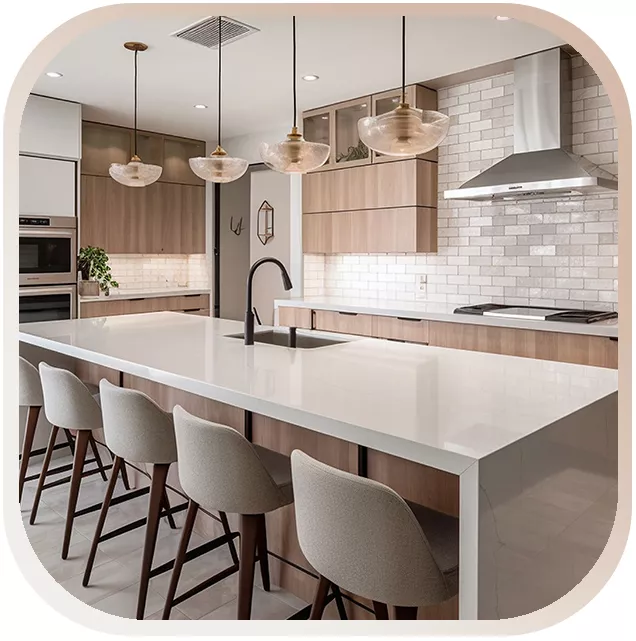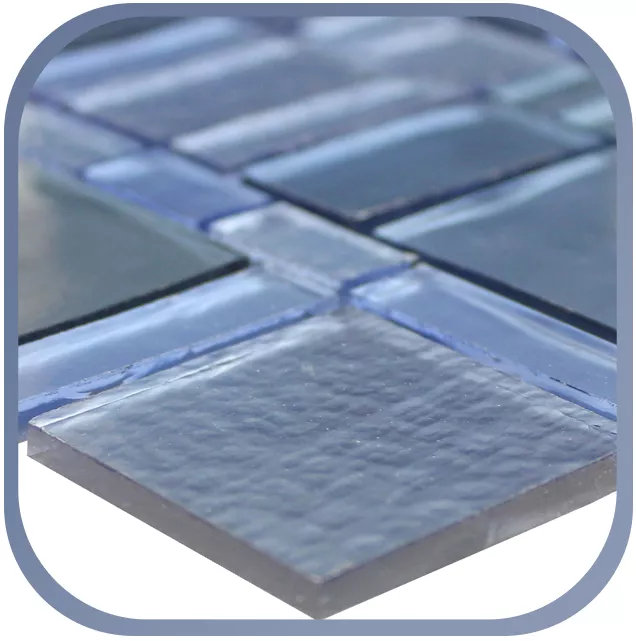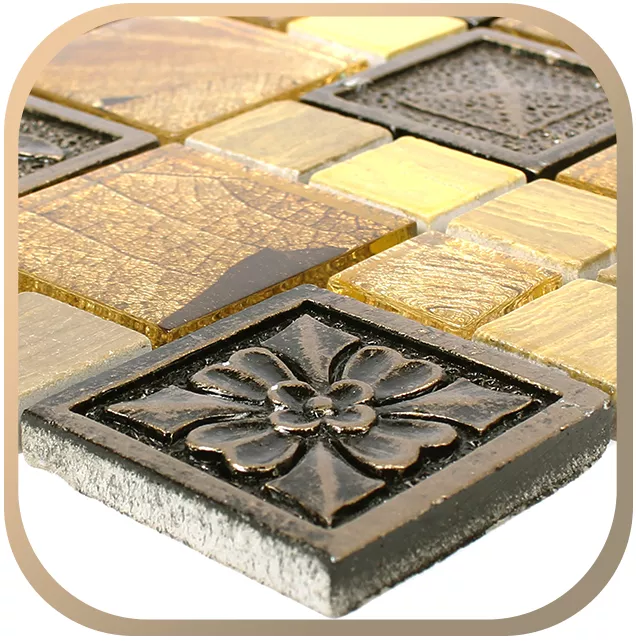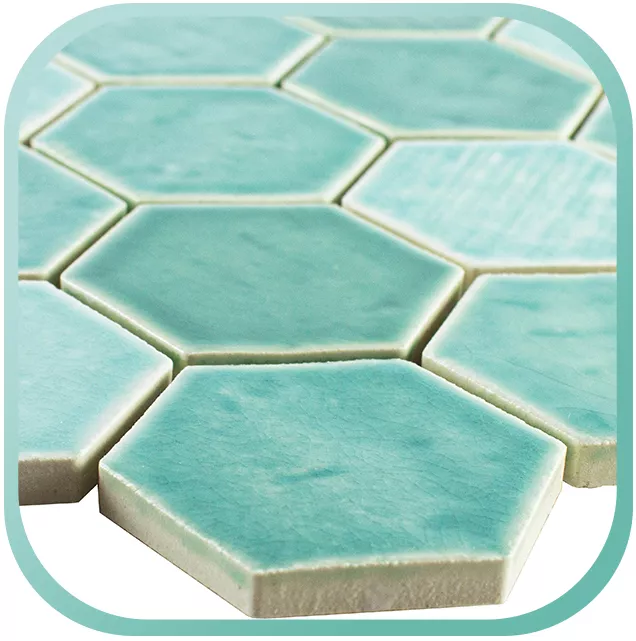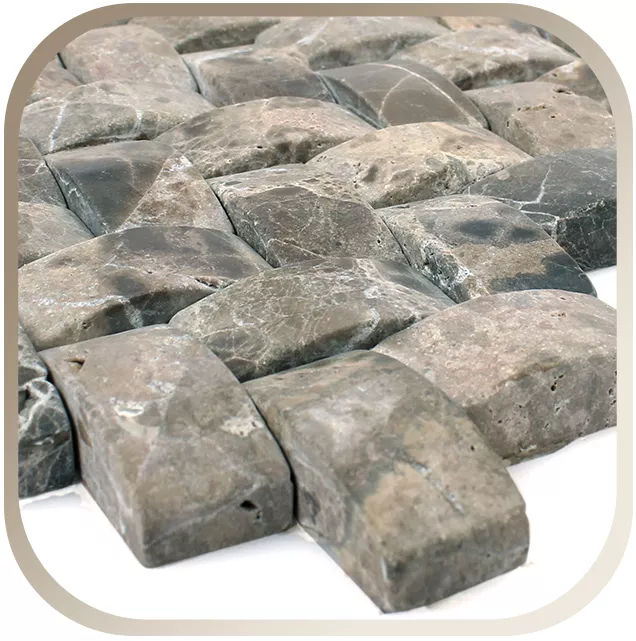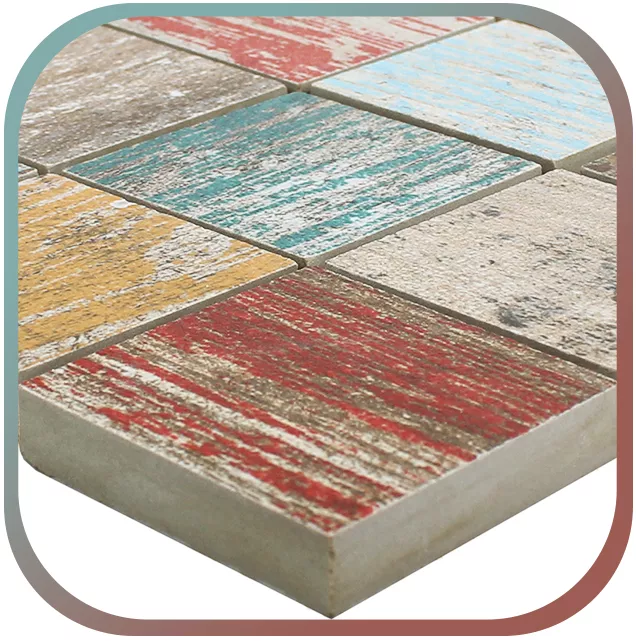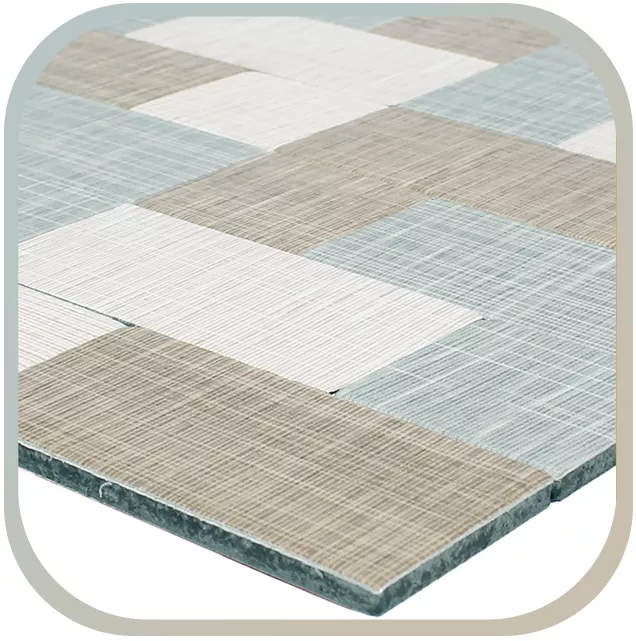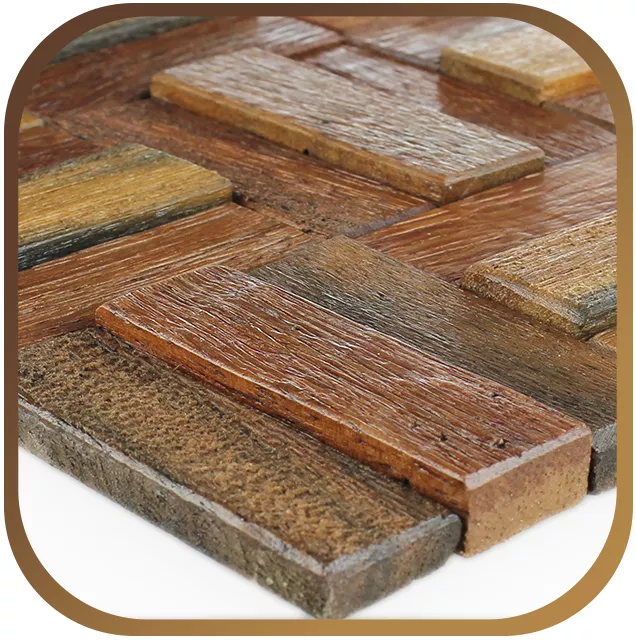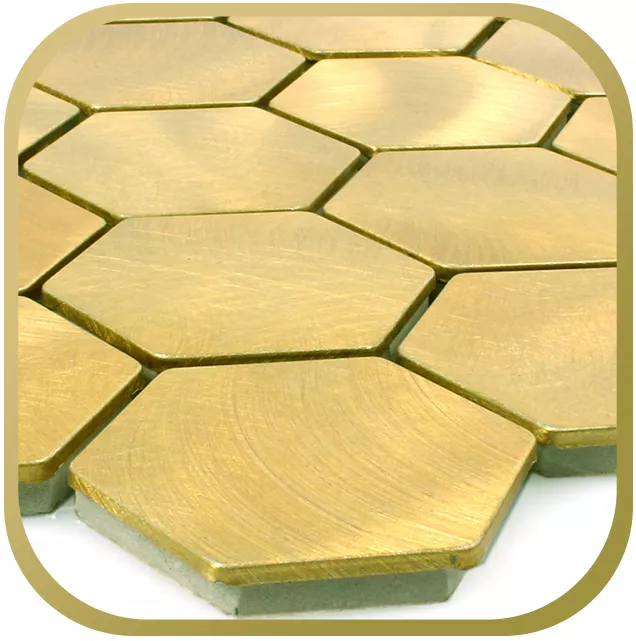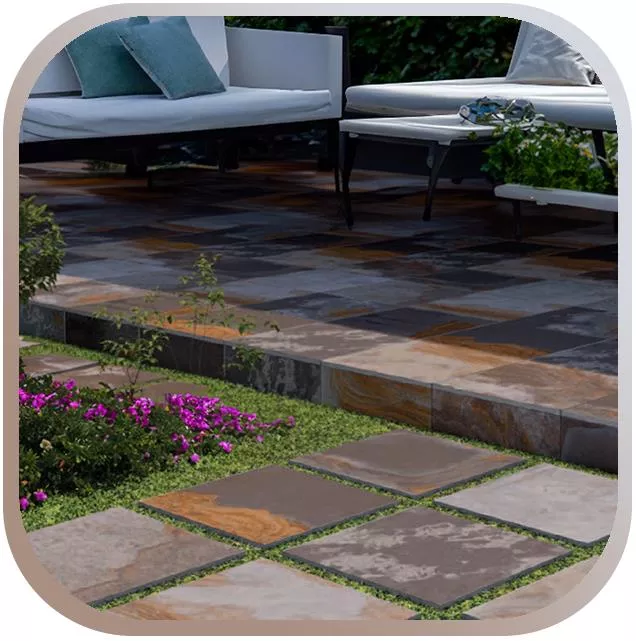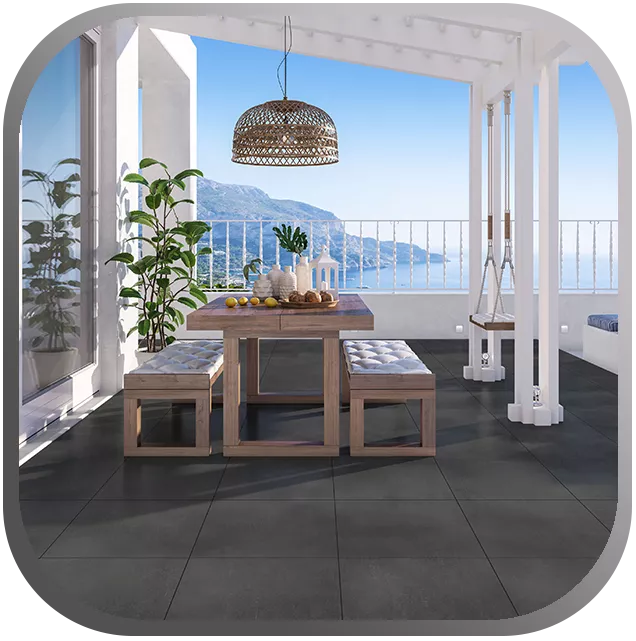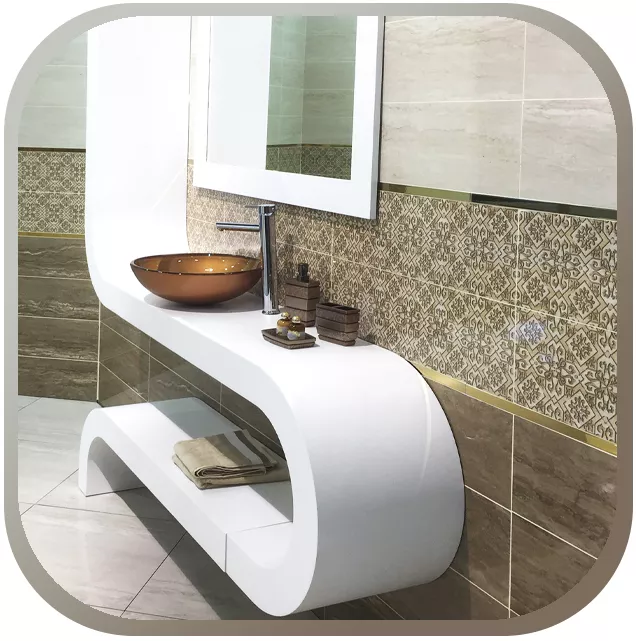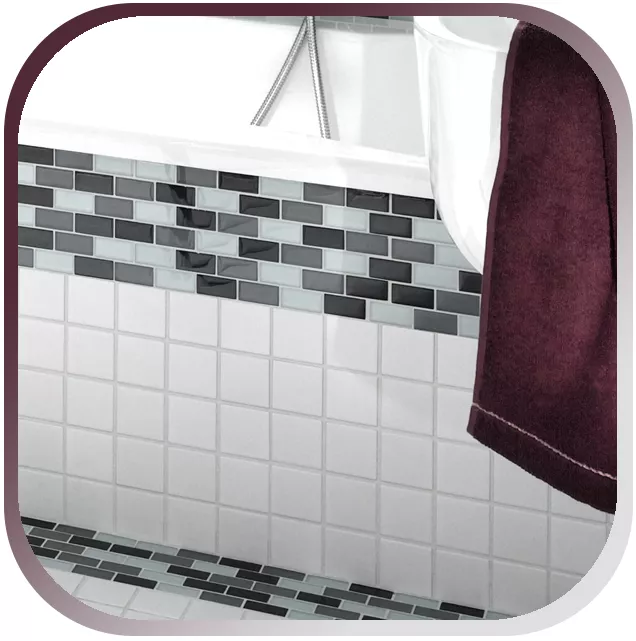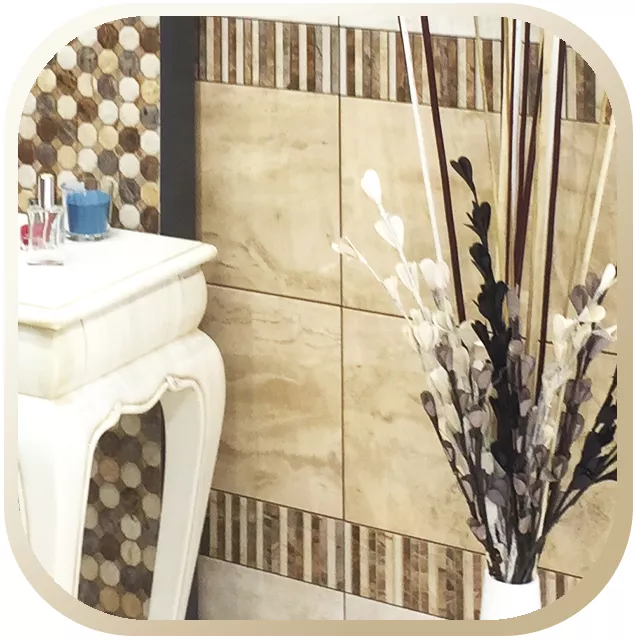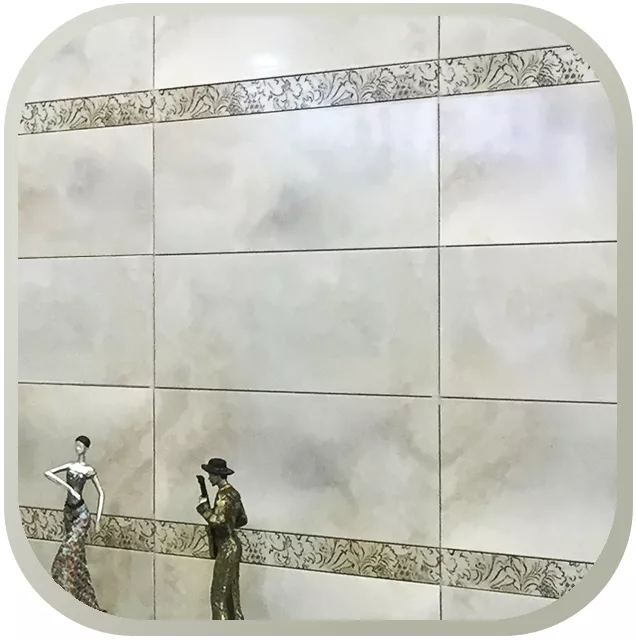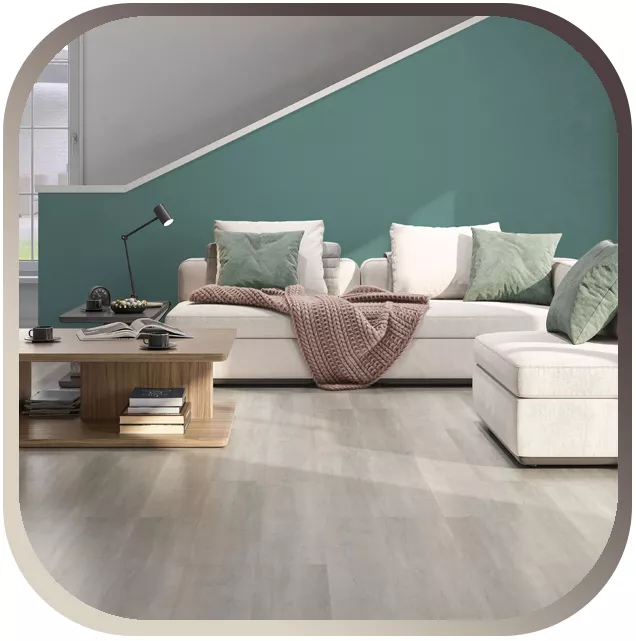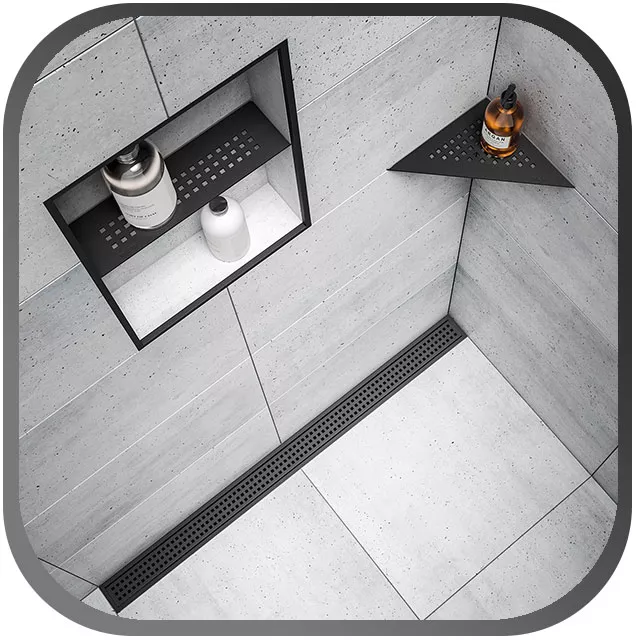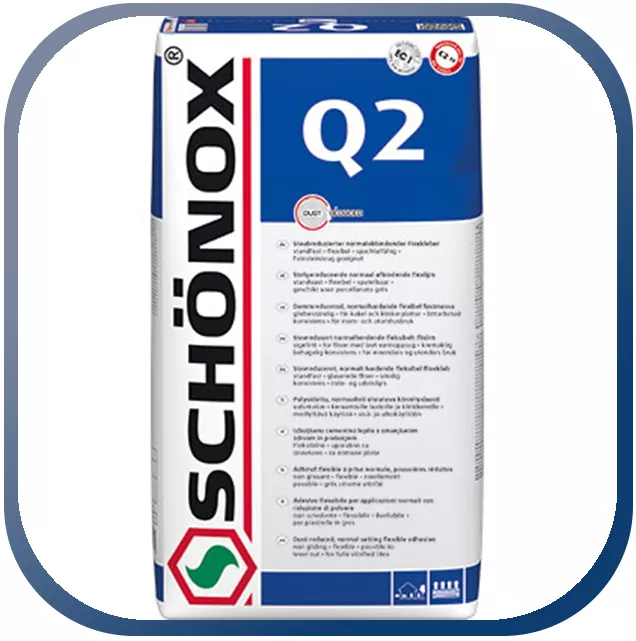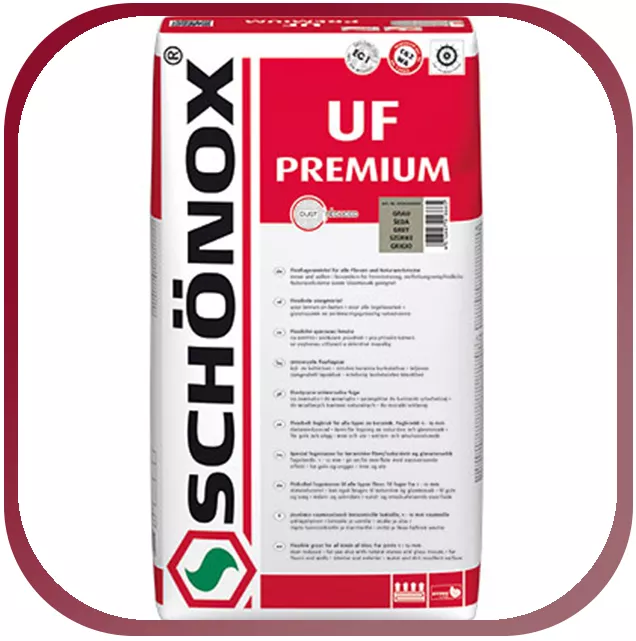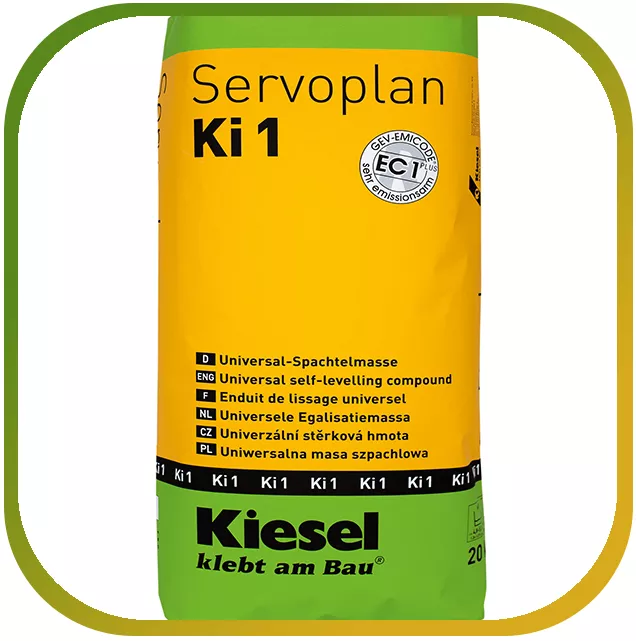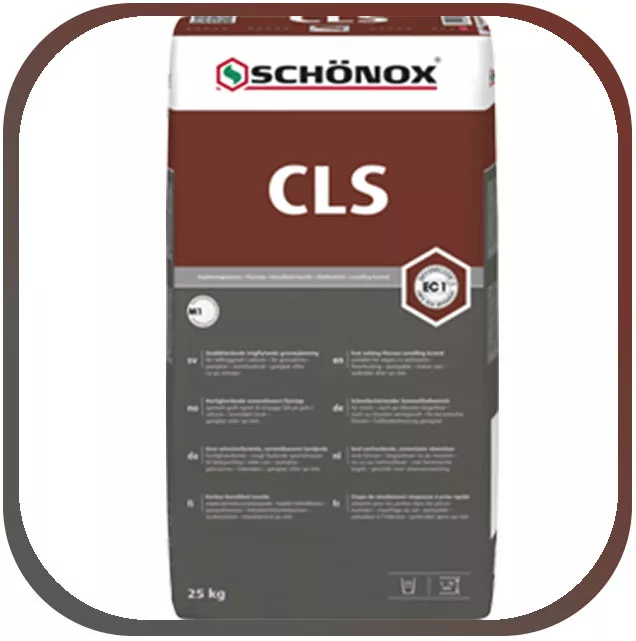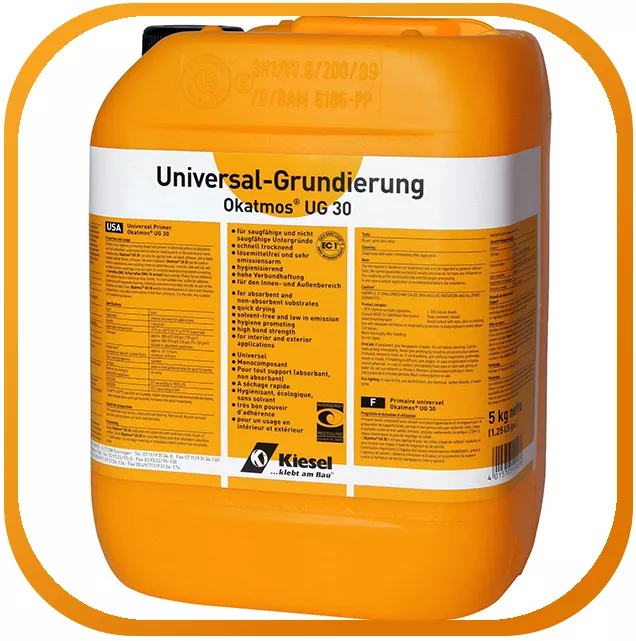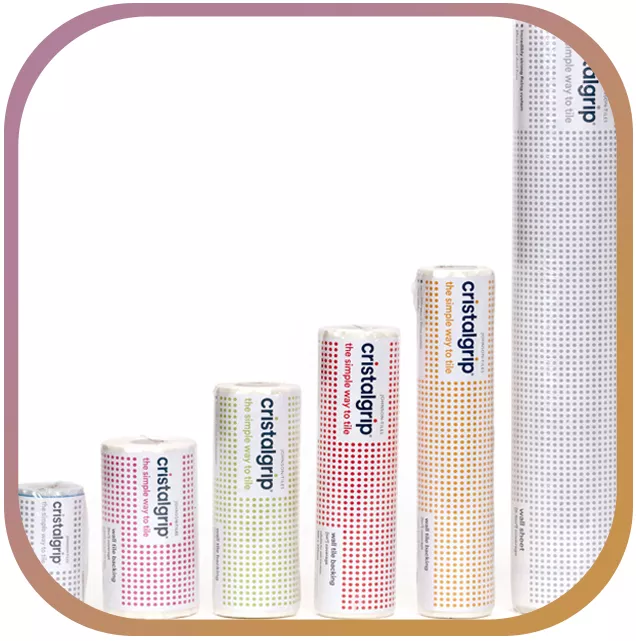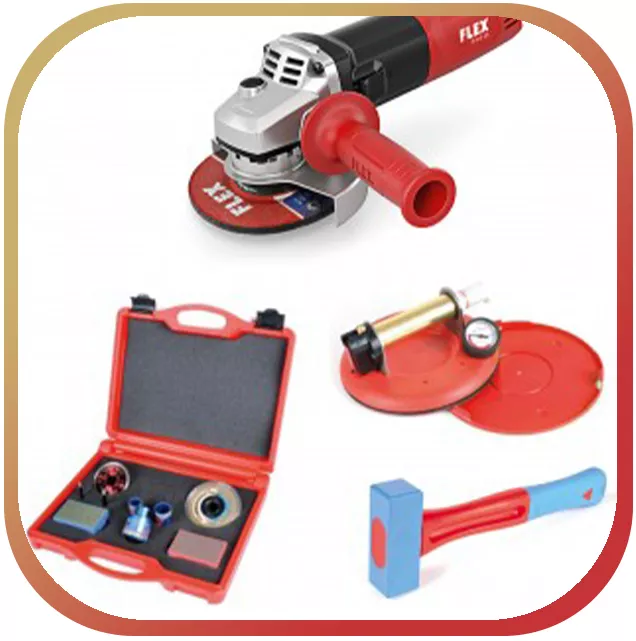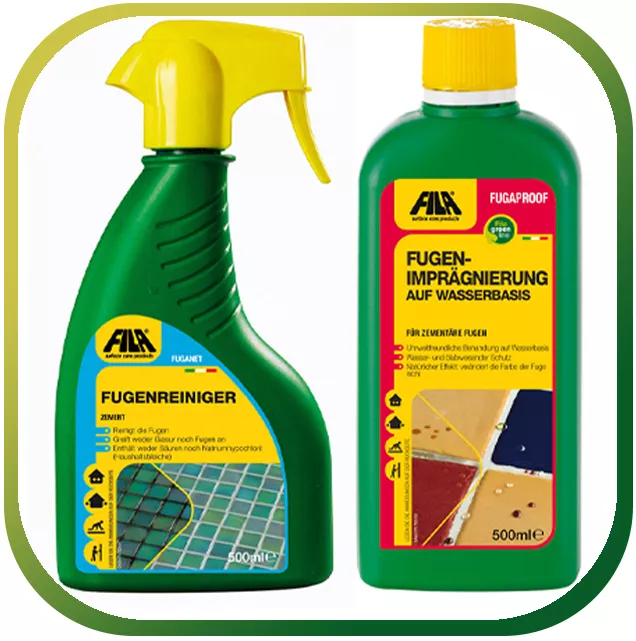Tiles - regardless of whether they are floor tiles or wall tiles - are "at home" in a wide variety of areas today. No matter whether in the bathroom, in the kitchen, in the basement or in the garage: You simply cannot do without tiles in their various colors, shapes and sizes. It is by no means just their special functionality, but rather the remarkable optical aspects also play a role in this context.

Tiles in a creative variety: floor tiles, wall tiles and more ...
Tiles are virtually predestined for use as floor tiles or wall tiles in the commercial sector as well as on a private level. Well-stocked specialist retailers now have the right tiles for every taste, every requirement and every budget. However, if you are looking for modern floor tiles or wall tiles, you are well advised to take certain criteria into account. Because only then will you be able to enjoy the wall tiles and floor tiles for many years to come.
Not all tiles are the same
In the case of floor tiles and wall tiles, the visual aspects are certainly relevant, but these are by far not the most important criteria. Rather, we are talking about so-called abrasion groups, which range from categories 1 to 5.
Tiles that belong to stress group 1 are only suitable for laying on the floor, i.e. can be used as floor tiles if no other option is available. These tiles are mostly products with a high-gloss, dark surface, which is also provided with a glaze. Mechanical influences of any kind can cause lasting damage to these tiles, which are only sensibly used as wall tiles and not as floor tiles.
Innovative wall tiles and floor tiles for every taste and every requirement
Tiles of stress group 2 can certainly be used as floor tiles, but they are still more suitable as wall tiles. Because wall tiles are not exposed to mechanical influences to the same extent as floor tiles. In the case of tiles of abrasion class 2, barefoot may be walked on under certain circumstances. In this regard, we are talking about floor tiles for the bathroom, for example.
Category 3 floor tiles should be laid out wherever you are out and about with normal shoes, for example in the kitchen or in the bathroom or guest toilet. Group 4 floor tiles are even more durable and can also be laid in areas that are subject to frequent use, such as in corridors, on balconies and so on. Rooms in which floor tiles are exposed to particularly high levels of stress should preferably be fitted with category 5 floor tiles. Offices, showrooms and so on, which are sometimes exposed to heavy use, should generally be fitted with particularly hard-wearing tiles.
Tiles in various designs
Certainly, when purchasing wall tiles, the focus does not necessarily have to be on the focus on abrasion resistance. But the fact is that wall tiles should very well be of adequate quality. Among other things, it often happens that wall tiles are fitted with certain additional elements. These can be shelves, brackets or even pictures, stickers and so on. If the quality of the wall tiles is inferior or if the wall tiles are glazed and therefore have a rather sensitive structure, it should be considered to what extent the attachment is actually worthwhile.
Tiles for every taste - wall and floor tiles have it all "
Last but not least, the so-called R levels are a relevant aspect of tiles or floor and wall tiles. Regardless of the type of tiles, whether floor tiles or wall tiles: You are always well advised if not only the design is in the foreground when choosing the tiles, but also if you also pay attention to the new tiles, that they are as non-slip as possible. In the case of wall tiles, this aspect is certainly of secondary importance at first, because, unlike floor tiles, wall tiles do not pose such a risk: Few consumers are aware of the fact that many slipping accidents in the household result from the wrong selection of tiles or floor tiles. When buying new floor tiles (wall tiles are of course excluded in this regard), it is important to pay particular attention to the aspect of slip resistance.
Wall tiles and floor tiles - highlights in every house
Slip-resistant tiles are divided into different R groups: Floor tiles of category R9 are characterized by a very low coefficient of static friction, floor tiles of category R10 are referred to as products with a normal coefficient of friction, tiles or floor tiles with an R value of 11 have an increased coefficient of friction given. While an R12 coefficient of friction only plays a minor role in wall tiles, this is of fundamental importance for high-quality tiles. R13 stands for floor tiles with the highest coefficient of static friction, whereby these are particularly suitable for commercial premises or for corridors, hallways, reception halls and so on. Floor tiles with a value of R11 are definitely recommended for private use. Tiles with a higher R-value are ideal for rooms that are particularly frequented.
In the opinion of discerning consumers, design and functionality are of great importance for floor tiles and wall tiles. If the price aspect of the tiles is also "pleasing", then nothing stands in the way of purchasing new floor or wall tiles.



